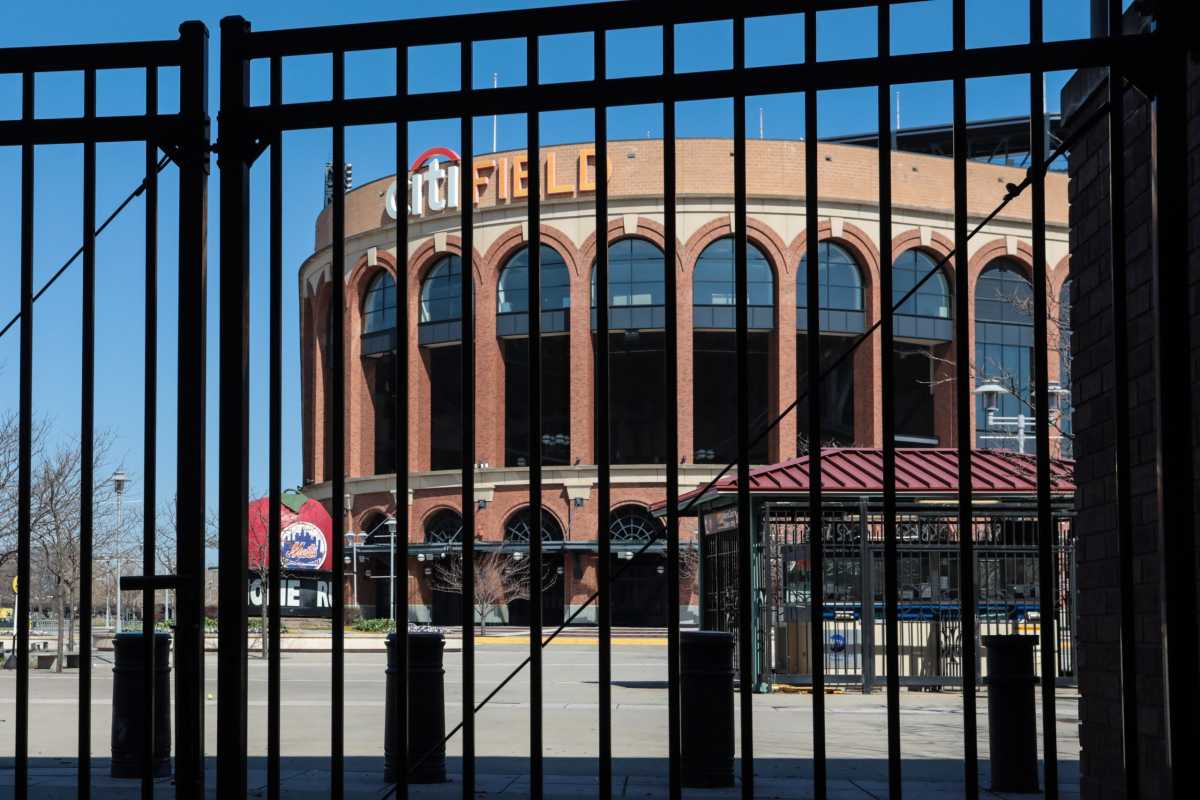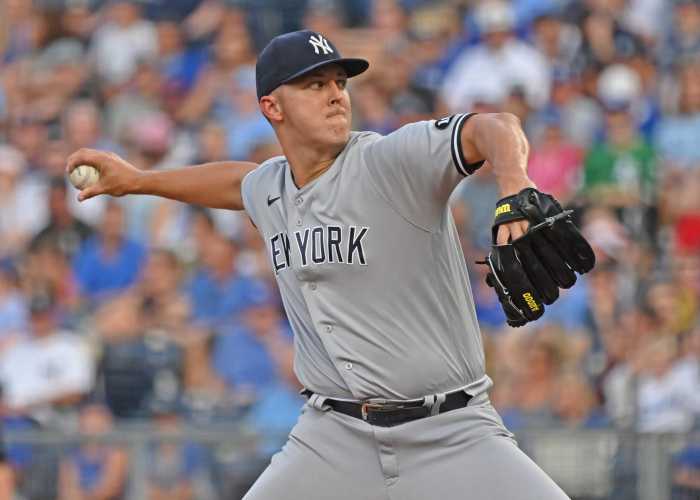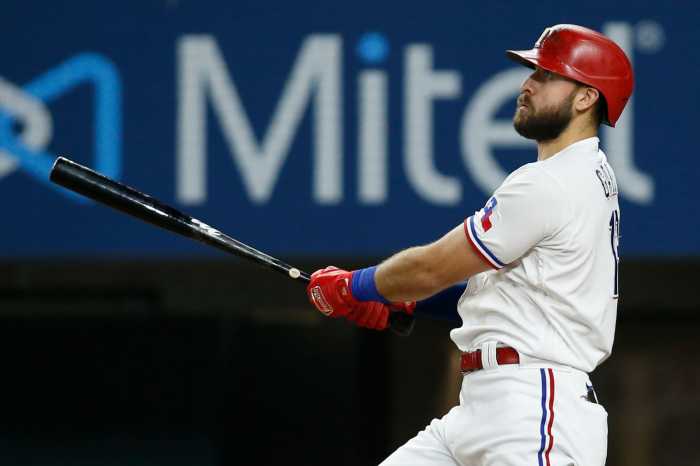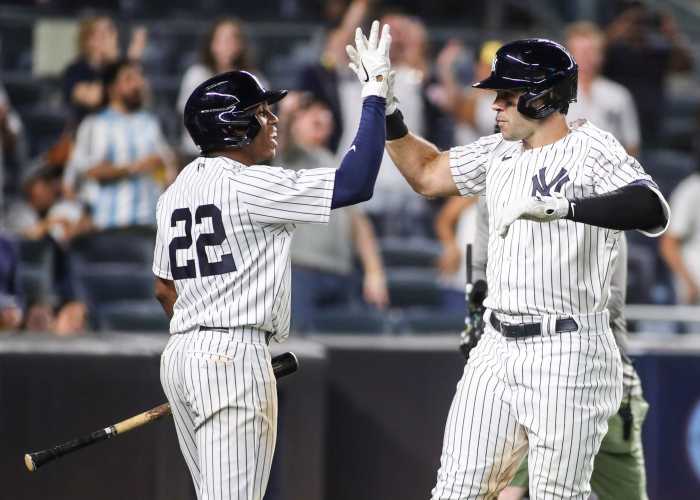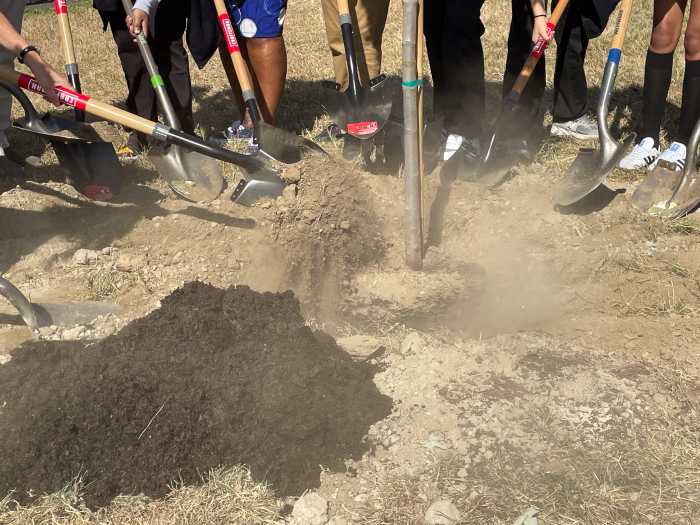The owners’ self-imposed Feb. 28 deadline to negotiate a new Collective Bargaining Agreement and break their self-imposed MLB lockout of the players has been pushed back to Tuesday — and there is suddenly a light at the end of the tunnel.
After 13 different sets of talks ranging from Monday morning to early Tuesday morning, roughly ending around 2:30 a.m. ET, progress has been made between the owners and players’ union, which prompted the decision to push back the deadline until 5 p.m. on Tuesday.
MLB and its team owners implemented the Feb. 28 deadline as an effective date that would ensure the delay of Opening Day, originally scheduled for March 31. Manfred said it would take roughly 28 days for the league to organize the regular season, including a two-week period to complete free agency that was paused at the lockout and a three-week spring training to properly ramp up the players and ensure their safety.
[ALSO READ: MLB lockout: Opening Day delay seems like a given at this point]
Rather than attempt to extend the olive branch initially on Monday, however, MLB and its owners initially threatened the players by stating they would have no problem missing the first month of games, all but eliminating the April portion of the schedule.
“Players are used to their ‘threats,” Yankees starter Jameson Taillon, who was present in meetings down in Florida, tweeted. “Owners’ actions have made it clear all along that they have a set number of games where they still make profits/get TV money. They don’t want to play. It’s sad that these are the guys who drive the direction and ‘future’ of our amazing sport.”
Reigning National League MVP, Bryce Harper, went as far as to photoshop himself in a Yomiuri Giants uniform as a threat that he’ll play in Japan should the lockout drift into spring.
But momentum was picked up as day turned to night and into the wee hours of Tuesday morning.
Per multiple reports, both the league and players’ union agreed on a 12-team postseason — two teams fewer than MLB’s original proposal of 14 teams. With that incentive, the players are more likely to agree to decrease their ask for minimum salaries from $700K and $40 million pool for pre-arbitration to $675K with a $25 million pre-arbitration pool.
However, those latter two aspects still need to be worked out.
So does the competitive balance tax (CBT), which dictates how much a team can spend on its roster in a given season without incurring penalties. MLB’s latest proposal increased to $220 million next season while incrementally growing to $230 million by 2026. It’s a legitimate increase compared to the $214 million they initially offered compared to the players’ $245 million.



